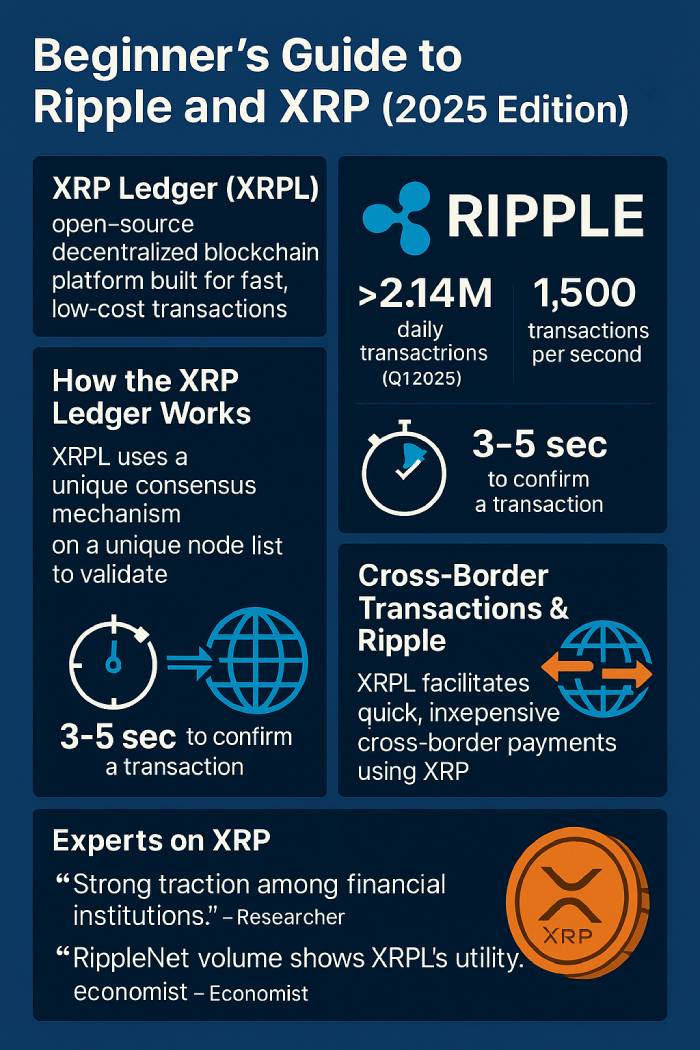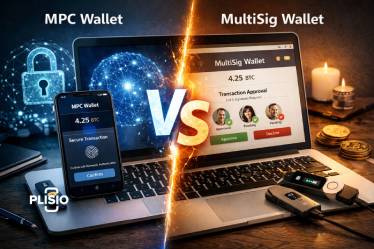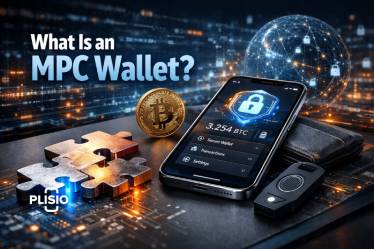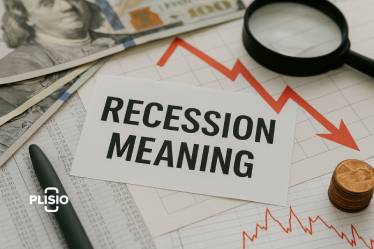Ripple and XRP Ledger Guide (2025 Edition)

The XRP Ledger (XRPL) is an open-source blockchain technology designed as a fast and low-cost payment network. It gives financial institutions, payment providers, and developers the tools to create services like digital wallets, escrow accounts, and other crypto-based applications. The XRPL is recognized for its decentralized nature, high throughput, and eco-friendly consensus mechanism.
Ripple, officially known as Ripple Labs, is the technology company that developed the XRP Ledger. Ripple’s mission has always been to connect financial institutions through RippleNet and simplify global payments by providing secure, fast, and affordable money transfer solutions.
The native token of the XRP Ledger, called XRP, was pre-mined with a total supply of 100 billion tokens. XRP is classified as a cryptocurrency and digital asset, mainly used to pay transaction fees within the XRPL. Since it is not issued or managed by any central government, XRP allows users to trade and move funds freely across the crypto market.
By early 2025, XRP has around 59.5 billion tokens in circulation, with a market capitalization hovering near $178 billion. The ledger processed more than 2.14 million daily transactions on average in Q1 2025, continuing its growth after a record 642 million total transactions in 2024. Fees remain very low, at around 0.000012 XRP per transaction(less than $0.0002 USD).
How Does the XRP Ledger Work?
The XRP Ledger work model is based on decentralized blockchain technology that processes and records financial transactions using its own token. Instead of relying on Bitcoin’s Proof of Work or Ethereum’s Proof of Stake, the XRPL uses a unique consensus mechanism known as the XRP Ledger Consensus Protocol.
Core Components of the XRPL:
- Consensus Protocol: The XRPL uses a consensus mechanism where a network of independent validators agrees on which transactions are valid. This consensus happens every 3–5 seconds, making it far quicker than Proof of Work or Ethereum’s Proof of Stake.
- Nodes and Validators: By mid-2025, the XRPL ecosystem recorded over 1,000 active nodes. Validators, chosen from a unique node list, validate transactions, ensuring that no single entity can control the payment network. This decentralized structure helps verify transactions without the need for pre-funded accounts.
Transaction Flow:
- Proposal – A transaction is initiated and broadcast to the network.
- Validation – Validators check the transaction to verify it meets the rules (like sufficient funds).
- Consensus – Validators use the consensus protocol to agree on which transactions to add.
- Finalization – Transactions are confirmed, added to the ledger, and cannot be changed.
Expert View: According to blockchain analyst Marta Rodríguez, “XRPL’s consensus protocol demonstrates that blockchains don’t have to rely on energy-intensive Proof of Work. Its speed and efficiency make it one of the most practical networks for real-world financial use cases.”

Key Innovations in XRPL and Ripple
The XRP Ledger offers several innovations within blockchain technology:
- Developer-friendly environment for building decentralized financial apps.
- Ultra-low transaction fees, averaging less than $0.0002 per transfer.
- Scalability: XRPL can handle up to 1,500 transactions per second (TPS), compared to SWIFT’s 5–7 TPS.
- Eco-friendly consensus mechanism that avoids heavy energy use of Proof of Work.
Expert Insight: Fintech researcher David Kim highlights, “What sets XRPL apart in 2025 is not just its throughput, but the fact that fees have remained nearly zero despite exponential growth in activity. That stability is crucial for institutional adoption.”
Cross-Border Transactions Ripple Solves
Global payments today often depend on outdated infrastructure that is slow, costly, and centralized. Cross-border transactions Ripple helps improve speed, efficiency, and cost. The XRPL provides a bridge currency for cross-border payments. Transactions are confirmed in seconds, with minimal fees, through a decentralized blockchain.
Ripple’s On-Demand Liquidity (ODL) further eliminates the need for pre-funded accounts, allowing businesses to move funds across borders more efficiently. In the first half of 2025, RippleNet facilitated more than $1.3 trillion in global payment volume, showing that institutions are increasingly adopting the network.
Market Opinion: Economist Lila Srinivasan comments, “With RippleNet handling over a trillion dollars in the first half of 2025, we are witnessing the early stages of a decentralized financial backbone for cross-border settlements. The old SWIFT model looks increasingly outdated.”
Why Buy XRP Cryptocurrency?
People choose to buy XRP for multiple reasons:
- Using XRP in dApps built on the XRPL.
- Peer-to-peer crypto transactions or purchases with merchants who accept XRP.
- Paying the transaction fee required to keep the network free of spam and ensure secure operations.
Expert Take: Crypto strategist Elena Popov argues, “XRP remains one of the few cryptocurrencies with a clear utility—its role in facilitating liquidity and payments makes it more than just a speculative digital asset.”
Using XRP for Transactions
The XRP cryptocurrency is used within the network in two main ways:
- Transaction Fees – A small portion of XRP is used to pay transaction fees, which also helps secure the network.
- Bridge Currency – XRP acts as an intermediary for international transactions, enabling cheaper and faster global payments.
Origins of Ripple Labs and XRPL
The development of the XRP Ledger began in 2011, with its network officially founded in 2012. The idea originated with Ryan Fugger, who built RipplePay in 2004. In 2012, Jed McCaleb, Arthur Britto, David Schwartz, and Chris Larsentransformed the concept into what became Ripple and the XRP Ledger.
Founders of Ripple and XRP:
- Jed McCaleb – Co-founder, early crypto pioneer, creator of MTGOX, later launched Stellar after leaving Ripple.
- Chris Larsen – Co-founder, entrepreneur behind e-Loan and Prosper Marketplace; served as Ripple’s CEO from 2012–2016.
- David Schwartz – Chief cryptographer and one of the original architects of the XRPL; now Ripple’s CTO.
- Arthur Britto – Low-profile co-founder, consultant, and contributor to early Ripple network development.
The XRP Ledger Foundation, an independent non-profit, now supports the long-term development of the XRP Ledger.
Ripple Labs, as a technology company, has raised over $300 million in funding from investors like a16z and Digital Ventures. Its growth continues into November 2024 and 2025, with acquisitions and new products like a Ripple-issued stablecoin designed to boost liquidity.
Expert Reflection: Tech journalist Henry Adams notes, “The story of Ripple’s founders—pioneers like McCaleb and Schwartz—reminds us how quickly blockchain has evolved since 2012. What began as an experiment is now competing directly with the infrastructure of global finance.”
XRP Tokenomics and Supply of XRP
The supply of XRP was fixed at 100 billion tokens, with all XRP pre-mined in January 2013:
20% (20 billion XRP) distributed to the founders.
80% (80 billion XRP) allocated to Ripple Labs.
In 2017, Ripple Labs placed 55 billion XRP into escrow, ensuring a predictable release of XRP and easing market concerns about manipulation. Each month, one billion XRP is unlocked, with unused amounts returned to escrow. This system allows steady circulation of the XRP token while maintaining trust in the crypto market.
Analyst View: According to crypto markets researcher Julian Becker, “The escrow system remains one of the most debated aspects of XRP’s tokenomics. Yet, its transparency and predictability give Ripple’s approach a level of accountability that most crypto projects still lack.”
2025 XRP Ledger Snapshot
| Metric | Figure |
|---|---|
| Circulating Supply | ~59.5 billion XRP |
| Total Supply | 100 billion XRP |
| Market Cap (Q1 2025) | ~$178 billion |
| Average Daily Transactions | ~2.14 million |
| Total Transactions in 2024 | 642 million |
| Transaction Fee | ~0.000012 XRP (<$0.0002) |
| TPS Capability | ~1,500 TPS |
| Active Nodes (mid-2025) | >1,000 |
| RippleNet Volume (H1 2025) | >$1.3 trillion |




